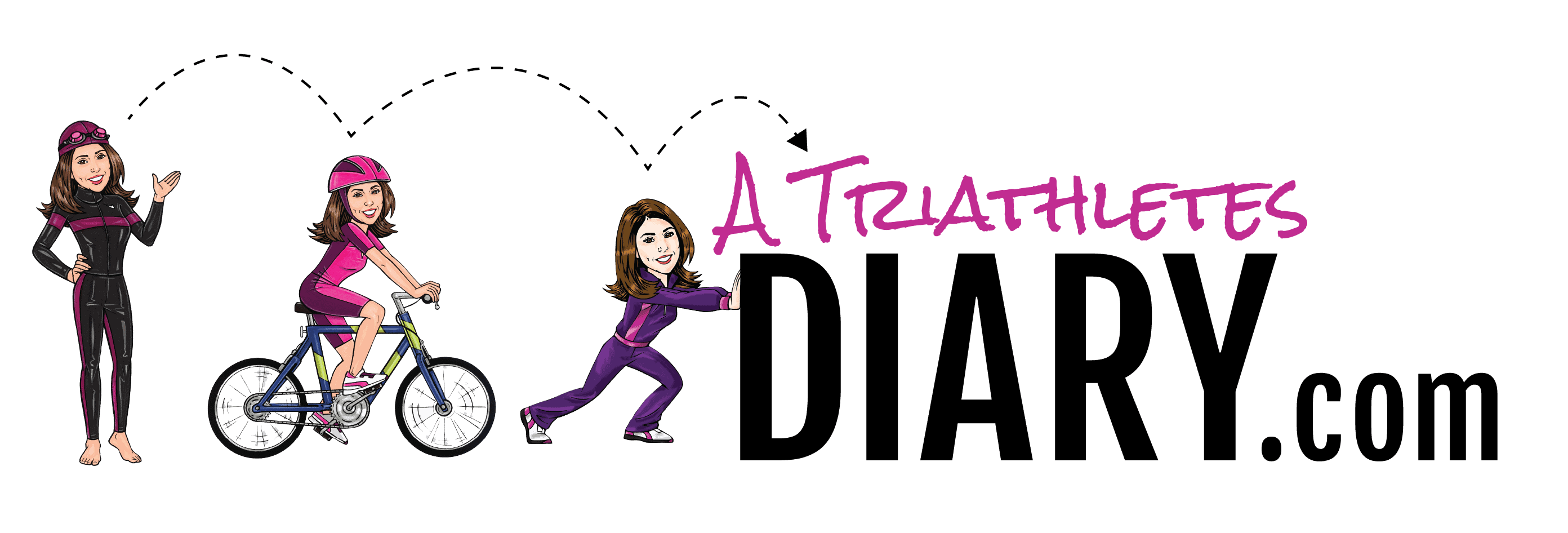Recently, I attended a USA Triathlon Seminar on triathlon swimming. Here is what the experts say you need to know about Triathlon Swimming:
Swim Technique
Take time out and spend it in the water. During the offseason, focus on your swim technique. The first thing to look at is your stroke. According to USA Triathlon, there are five parts of the stroke – the entry (when the hand is in front of your head and enters the water), the catch (when your hand is actually in the water), the pull (when you pull back the water to propel yourself forward), the push (as you exist the water) and the recovery (when your arm is out and you are bringing it forward).
The Kick:
Discussion focused on balance vs. propulsion. In triathlon, it’s not about propulsion. Your kick should be strong upon entry. Make sure that your ankles are flexible and you kick from your hips with quick flutters.
Stroke Mechanics:
Your head needs to be in the right position. Think of your head as holding a small ball. Keep arms extended and stretch as far as you can go. When you enter the water pull it back. Kick quick and keep your body level.
Common Errors:
The USA Triathlon said that there are five common errors:
- lack of balance
- excessive glide
- dropping elbows underwater
- lack of strength and flexibility
- dropping shoulders.
To correct swim errors and improve efficiency, USA Triathlon says use the following drills:
- 6 Kick 3 Stroke (helps to rotate)
- Finger tip Drill (drag thru the high elbow)
- Catch up drill (glide thru the water)
- Single arm recovery (for hip and shoulder rotation)
- Drain Pipe Drill – (this is to help your mind and body connect. It’s in the water than in again)
- Tarzan (great for sighting and helps with comfort in open water. It also helps learn the catch.)
- Alligator eyes (nose is under water – for open water training)
- Targeted sighting (someone stands on the pool deck and holds up an object, you swim toward it)
Program Design
Make sure that you have a proper warm up. This should be low intensity and include drills. The main set follows this and this set should have purpose. The cool down follows the main set and is imperative. (If you need help with this reach out to me!)
Transferring to Open Water
Here are some tips:
- Make sure you have confidence. You can do this!
- Learn how to draft (off hip or feet in a pool is good at first and then do it in open water)
- Turbulence (practice in a pool by creating turbulence.)
- Sighting – remember to sight every 3 to five strokes. Look beyond the buoy and find something big that you can focus on.
- Safety – never swim alone; use a flotation device; tell people you are going out for a swim; and watch for boats.
I hope these tips help you become a more confident triathlon swimmer. If you have any other suggestions, leave in comments below.





